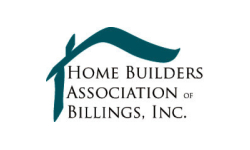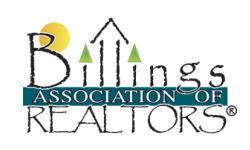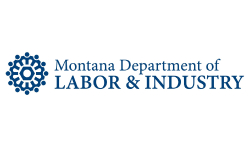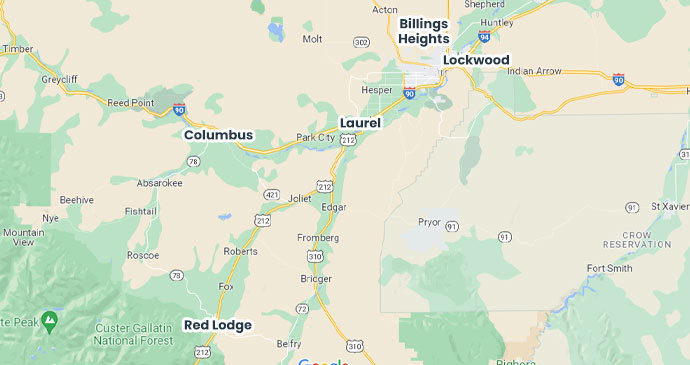9 Steps to Include in Your Snow Removal Plan
According to the National Weather Service, a good rule of thumb is that for every 12 inches of snow, you can expect 1 inch of water. How does that translate to your roof? Well, for a 1,000 square foot roof, that equals about 2,500 gallons of water.
As a homeowner, this figure probably makes your heart beat a little quicker. And if you live in a place that sees as much as snow as we do in Montana, it might make you panic for a moment to think about the damage that much water can do to your property once the snow has melted.
There is good news though. You can include many steps into your Snow Removal Plan that’ll protect your property investment the next time it snows.
Here are just a few things you can add to your snow removal plan. These steps will help prevent damage to your property from flooding after the big thaw:

1. Avoid letting snow drain next to your house or building. Downspouts should carry water several feet from the structure to a well-drained area.
2.Seal foundation cracks. Small cracks and fissures in your foundation walls are totally normal. However, they need to be sealed with masonry caulk or hydraulic cement before the first thaw to prevent water from leaking in.
3.Don’t let snow accumulate next to the building. This is especially important if the ground is flat. As the snow melts, water could accumulate and seep in through your foundation.
4.Install a sump pump. Lower levels of your building should have a sump pump to keep water from rising to higher levels. A sump pump will also help to drain the water that accumulates. Make sure to test it regularly to make sure it isn’t clogged or pointed in the wrong direction.
5. Remove large piles of snow to a well-drained area. When you clear your property of snow to allow for better access and mobility, be sure that the snow piles you create are in an area that will be able to quickly drain the water that will inevitably arrive.
6. Clear out sewer drains and downspouts. Like your sump pump, you are going to want to inspect all gutters, downspouts and drains before the snow melts. Be sure to remove any debris that may be obstructing them. If you have sewage drains in your parking lot, make sure to examine these for obstructions as well.
7.Make roof inspection part of your winter preparedness plan. In the late fall before the snow even begins, thoroughly inspect your roof for holes that may widen during the thaw cycle to come. These holes can let in water from melting rooftop snow and damage your roof even further.
8. Immediately remove rooftop snow. While an inch or two of snow on your rooftop isn’t going to do much damage, you may want to hire a professional to remove larger amounts of snow from your roof before it melts. When the snow melts, the water can easily find its way into your building through holes that have grown during the thaw cycle.
9. When in doubt, leave it to the professionals. Even with all of your inspections and preparation, a lot of snow could still mean a lot of trouble for your property. Partnering with a professional restoration company like Alpha Omega can help you remove the moisture, repair the damage, and get you functioning again quickly.
Since 2006, Alpha Omega has been serving the south central Montana region with its top notch restoration services. Through fire or flood, Alpha Omega has been the trusted name for emergency help in the Billings area. Let us help you handle the stress of dealing with the damage. We’ll deal with the insurance companies and everything else that is required to get you back on your feet.
Contact one of our professionals today to discuss how we can partner with you to ensure your investment property is well cared for.












